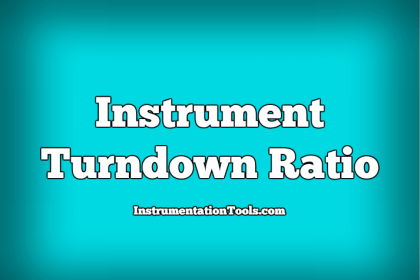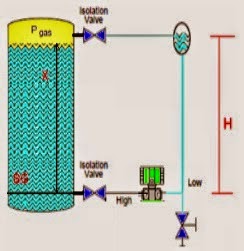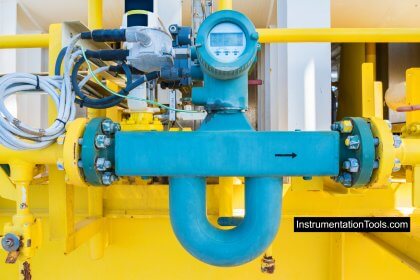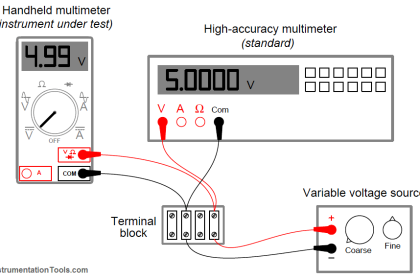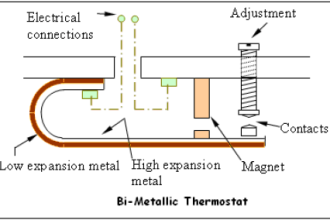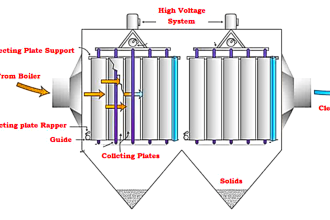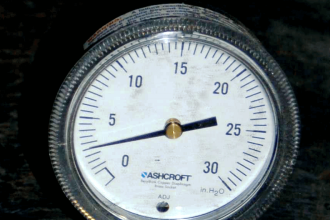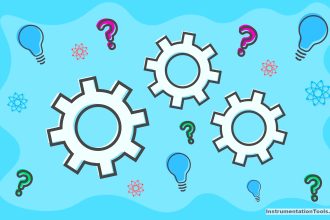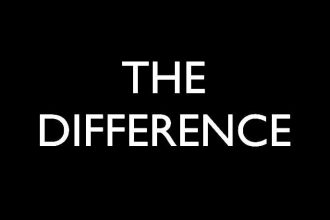In today’s technology, we find a lot of industrial dry-well temperature calibrators available in the market produced by various manufacturers around the world. But among various models, we must know which calibrator best suits our needs.
So specifying industrial dry-well temperature calibrators as per our requirement is an essential task in order to save money. It is just like selecting a mobile, or Laptop from a variety of models available based on technical specification, body design, & cost of the product.
Selection of Industrial Temperature Calibrator

In this article, we will learn how to select industrial dry-well temperature calibrators.
Let us consider some basic selection criteria.
Understanding the Requirement
Dry well exhibits various characteristics that are very difficult and challenging to understand.
Among these, let us know which characteristics are very essential for our requirement in selecting a dry well.
Some basic considerations such as
What is our temperature requirement?
Whether used for the lab environment, or in the field?
Which type of throughput is required?
Do you want to increase throughput through speed or through capacity? How accurate are the thermometers?
How accurate is the dry well you are using?
Do you want to automate your dry-well calibrations?
Essential characteristics required to be considered in selecting a Dry well for industrial application.
Temperature Range
Generally, industrial dry wells include all temperature ranges for which our thermometers are required to calibrate if we have congested space.
If we are having sufficient space to stock the spare, it seems our investment is going high.
Be careful in estimating low-limit specifications.
Reliability
The life span of our dry well reduces, on using dry well from one extreme end of its temperature range to the other.
This condition holds good for Cold Dry-wells that depend upon thermoelectric cooling.
The life span of these devices gets reduced by extreme cycling and excessive use at the maximum temperature of the dry well’s range.
Spare additional dry well calibrator unit for extremely high temperatures, if our requirement is either of these usage modes.
Check blocks and inserts made of degradable material.
For example,
Copper has great thermal properties.
Copper can oxidize, and flake apart rapidly as a result of thermal history at extreme temperatures.
Accuracy
To understand the accuracy of dry-well.
Let’s, see what are four things that are required to know.
- First
The internal control sensor of the dry well does not have the robust performance of a good reference thermistor, noble-metal thermocouple, or PRT.
If the internal control sensor is RTD, it is subjected to shift from mechanical shock & may exhibit poor hysteresis so that it best suits your application.
- Second
The control sensor and display unit were possibly calibrated against a high-quality reference PRT.
However, this reference PRT is inserted into a particular well in depth with a particular sensor construction.
The specific thermal and mechanical characteristics of the reference PRT such as sensor length, sensor location, and lead-wire conductivity are essentially calibrated into your dry well.
The accuracy of the display may not be actually as desired.
- Third
Generally, external reference thermometers are more accurate than internal control sensors.
Using an external reference thermometer doesn’t make measurement more accurate.
But is essential to understand specifying your reference readout.
For specific thermometer types, the poorest resolution does not accept calibration constants.
Be sure to consider both reference probes, & electronics.
A dry well with a built-in reference readout specifies the accuracy of the readout only but not the accuracy of the combined readout and probe.
- Fourth
The accuracy of the calibrated internal sensor or a calibrated external reference is more.
Considering stability, axial gradients, radial gradients, loading effects, and hysteresis on our particular application of the drywall is essential.
Hysteresis
Hysteresis is the variation of the actual temperature of the dry well.
Hysteresis results from the direction at which temperature approaches.
It is highest at the median range of a dry well.
This temperature variation, or hysteresis, depends upon the characteristics of the control sensor.
The impact of hysteresis reduces significantly when a test probe is compared with an external reference probe.
This hysteresis effect can be understood by comparing it with the dry well’s calibrated display.
For example,
The median of a dry-well temperature range from 35 °C to 600 °C is about 300 °C.
An actual temperature at the median relative to a reference thermometer varies by some amount when approached from a higher or from lower temperature.
Immersion Depth
Immersion errors in a probe may be large.
Immersion errors vary with both drywall & the probe placed in that dry well.
Different probes use various designs and construction techniques such as the type, and size of lead wires used, and the location of the sensor within the probe assembly.
Therefore different probes exhibit various immersion characteristics.
Immersion characteristics can be examined by considering differences in probe readings from various depths at the same temperature.
In general, due to inadequate immersion a deeper well eliminates the stem effect.
The stem effect can be reduced by implementing a top heater called zone control in a dry-well
Use a bath, if the probes that are too short to sufficiently reach the dry well’s measurement zone at the bottom of the well.
Loading Effects
The maximum amount of heat is consumed from the dry well if more probes are inserted into the dry well, this is based on relative or ambient temperature.
Generally, the dry well’s display is calibrated using a single reference probe.
A temperature difference between the control sensor & any one of the probes inside the block is created by inserting more probes in the dry well.
These effects are measured easily by inserting more probes and noting the temperature difference of the first probe.
Design characteristics such as block mass, well depth, insulation, and multiple-zone temperature control can minimize the loading effects of dry wells.
Flexibility
Most of the dry-well calibrators consist of removable multi-bore inserts for more probes of different sizes.
These insert holes must be spaced apart from one another to avoid probe hubs from interfering with one another.
If you liked this article, then please subscribe to our YouTube Channel for Instrumentation, Electrical, PLC, and SCADA video tutorials.
You can also follow us on Facebook and Twitter to receive daily updates.
Read Next:
- Sample Raw DataSheet
- Create Calibration Records
- Methods of Measurement
- Selection of Weighing Balance
- Level Transmitter Calibration
